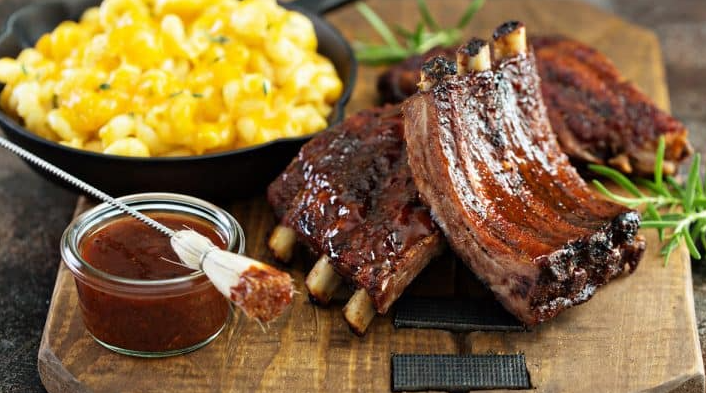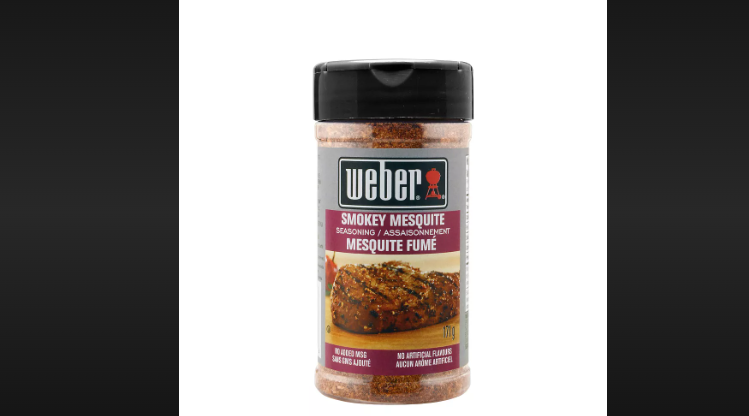How to Season Your Smoker: A Step-by-Step Guide for Perfect Barbecue
Seasoning your smoker is an essential step in preparing it for optimal performance and delicious barbecue results. This process helps remove any manufacturing residues, eliminates odors, and creates a protective layer that enhances heat distribution. In this article, we will provide you with a comprehensive guide on how to season your smoker, ensuring that you start your smoking journey on the right foot.

Smoker meat after seasoned
1. Why Seasoning Your Smoker Matters:
Importance of Seasoning: Seasoning your smoker helps remove impurities, such as oils, solvents, and dust, from the manufacturing process. It also prevents food from sticking to the grates and enhances the flavor of your smoked meats.
2. Preparing Your Smoker for Seasoning:
a. Clean Your Smoker:
- Thorough Cleaning: Before seasoning, clean your smoker thoroughly using warm soapy water or a suitable grill cleaner. Remove any debris, grease, or residues from the interior and grates.
- Rinse and Dry: Rinse the smoker with clean water and allow it to dry completely.
b. Check for Leaks:
- Seal Inspection: Inspect the smoker's seals, gaskets, and vents for any leaks or gaps. Ensure that they are in good condition and properly sealed to maintain consistent temperature control.
3. Choosing the Seasoning Oil:
Recommended Oils: Use a high-heat cooking oil such as vegetable oil, canola oil, or peanut oil for seasoning your smoker. These oils can withstand the high temperatures encountered during smoking.
4. Seasoning Your Smoker:
a. Apply Oil to the Interior:
- Coating the Grates: Apply a thin layer of oil to the grates, racks, and interior surfaces of the smoker using a brush or cloth. Make sure to cover all areas evenly.
- Pay Attention to Gaps and Joints: Pay extra attention to any gaps, joints, or areas prone to rust. Apply a bit more oil to ensure thorough coverage.
b. Preheating the Smoker:
- Temperature Setting: Preheat your smoker to a medium-high temperature, typically around 275-300°F (135-150°C).
- Allow Sufficient Time: Let the smoker run at this temperature for about 2-3 hours to allow the oil to penetrate and create a protective layer.
c. Observing the Process:
- Watch for Smoke: During the seasoning process, you may notice some smoke and a faint odor. This is normal as the oil bonds with the metal surfaces.
- Monitoring the Smoke: If the smoke becomes thick or has an unpleasant smell, reduce the heat or temporarily open the vents to allow better airflow.
5. After Seasoning:
a. Cool Down:
Let the smoker cool down completely before handling or cleaning. This ensures safety and prevents accidental burns.
b. Wipe Excess Oil:
Once cool, use a clean cloth to wipe away any excess oil from the grates and interior surfaces.
6. Regular Maintenance:
- Post-Smoking Cleaning: After each smoking session, clean your smoker by removing ashes, residue, and grease from the grates and surfaces.
- Periodic Re-Seasoning: Re-season your smoker periodically, especially if you notice any rust or a decline in performance. This helps maintain the protective layer and prolongs the lifespan of your smoker.

Season your smoker
Seasoning your smoker is a crucial step to ensure optimal performance and delectable barbecue results. By following this step-by-step guide, you'll be able to remove any manufacturing residues, eliminate odors, and create a protective layer that enhances heat distribution. Start your smoking journey with a properly seasoned smoker and enjoy flavorful and tender smoked meats every time.